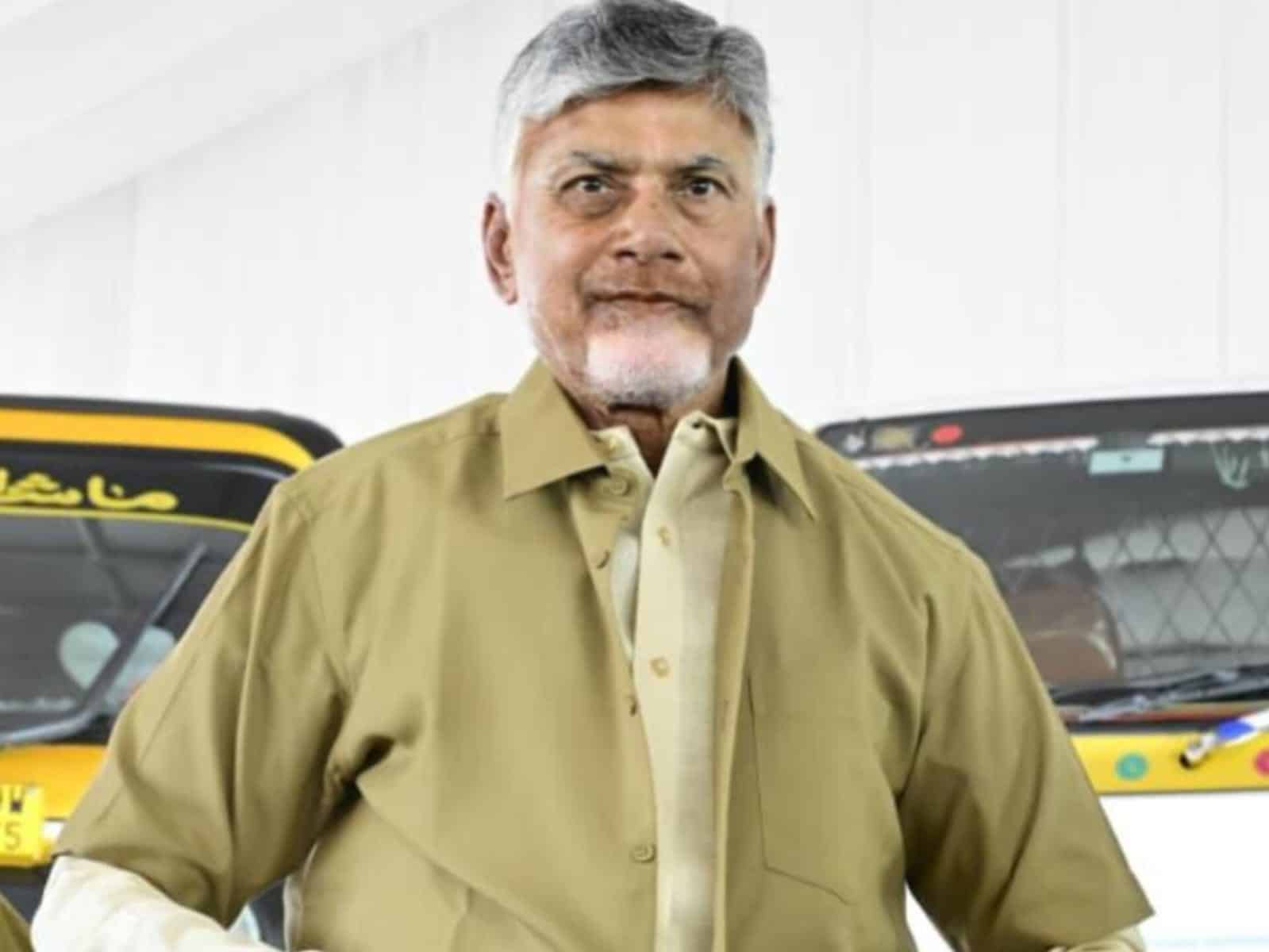During YS Jagan Mohan Reddy’s rule, welfare was the foundation of his politics. His government gained popularity by directly depositing money into people’s accounts and branding it as social justice. But now, Chief Minister Chandrababu Naidu has given welfare a new meaning, one that combines real support for the poor with accountability and economic balance.
Known for opposing freebie culture, Naidu has surprised many by reshaping welfare in a more purposeful way. His approach is not about populism but about practical help, ensuring that aid reaches those who genuinely need it while keeping the state’s finances strong.
Under Jagan’s Amma Vodi, only one child per family received ₹13,000. Now, under Naidu’s Thalliki Vandanam, every child in the household receives ₹13,000, ensuring equal benefit for all students. This shift has turned out to be a major relief for poor families.
Similarly, while YSRCP’s Vahana Mitra provided ₹10,000 to auto drivers, Naidu’s new Auto Drivers Sevalo offers ₹15,000 each, a significant increase aimed at supporting nearly 2.9 lakh drivers statewide.
What makes it stand out is that this wasn’t even an election promise. Naidu introduced it after listening to drivers who were affected by free bus travel for women under the Super Six scheme.
Through these actions, Naidu has not just continued welfare, he has redefined it. His governance shows that welfare doesn’t have to mean wasteful spending; it can mean empowerment, accountability, and respect for taxpayers’ money.
Related

